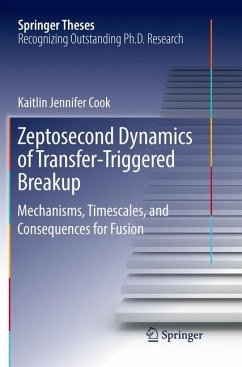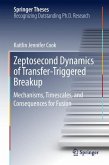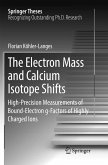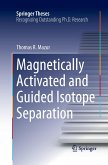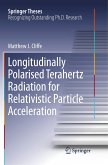Combining incisive experiments with the latest theoretical advances, this book presents an extensive study of transfer-triggered breakup, the dominant process by which breakup occurs in reactions involving light, weakly bound nuclei. It demonstrates not only that lifetimes of resonant states shorter than a zeptosecond are crucially important for these reactions to suppress complete fusion, but also that such short lifetimes are experimentally accessible. By making quantitative predictions of the effect of breakup from short-lived resonant states on incomplete fusion at above-barrier energies, the book suggests that the extent to which near-target breakup can suppress complete fusion is much more limited than previously thought.
With an impressive amount of complex data and state-of-the-art models, which were developed, modified, and tested over course of the Ph.D., it examines all aspects of nuclear reactions - nuclear models, modern detectors and spectrometers, as well asdata analysis, and offers a detailed discussion of experimental results and technical developments like new radioactive beams. This excellent and beautifully written book presents outstanding quality experimental work that establishes a cornerstone in our understanding of the reaction dynamics of light weakly bound nuclei at energies around the Coulomb barrier.
With an impressive amount of complex data and state-of-the-art models, which were developed, modified, and tested over course of the Ph.D., it examines all aspects of nuclear reactions - nuclear models, modern detectors and spectrometers, as well asdata analysis, and offers a detailed discussion of experimental results and technical developments like new radioactive beams. This excellent and beautifully written book presents outstanding quality experimental work that establishes a cornerstone in our understanding of the reaction dynamics of light weakly bound nuclei at energies around the Coulomb barrier.

